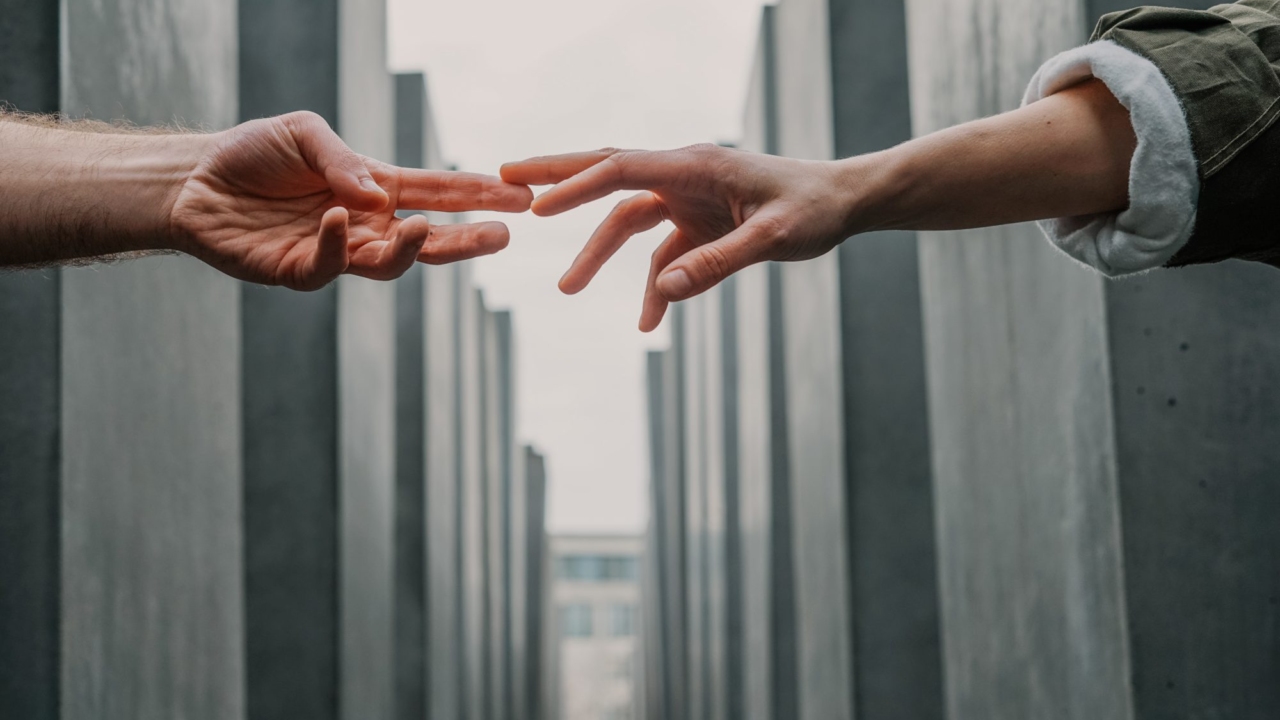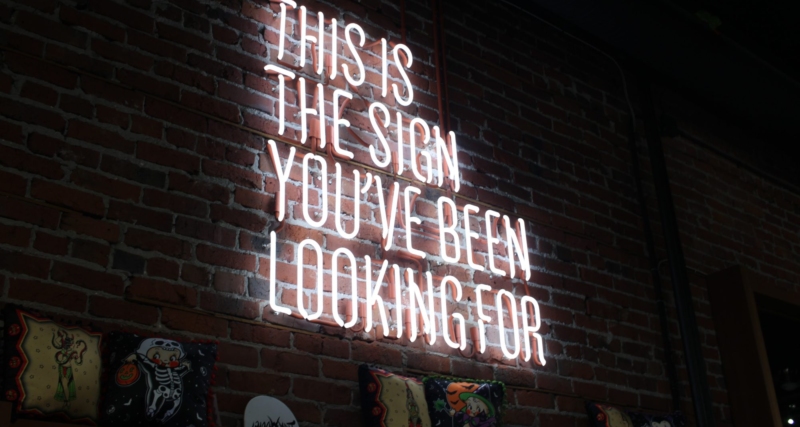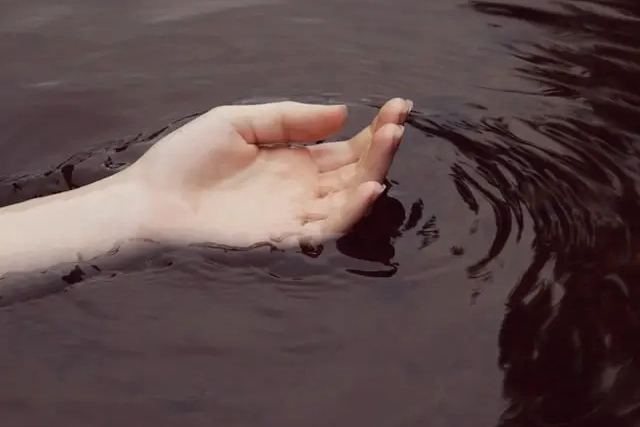In our transformational listening circle I often give the instruction to offer our sharing with “minimal story”. This led us into inquiry together about the role that story plays in our transformation.
We are aware of the power that story and storytelling have had in our lives personally and how another person’s story can awaken our hearts and minds to new and different realities. And, we are also aware that we have stories that we can get stuck in. We can use the metaphor of a pair of “story glasses” that we are continually looking through at the world around us. Our glasses project our story onto the rest of the world. The big problem with story glasses is that WE ARE ALL wearing them AND we all have different “story glasses” on, causing us to only see our own view of the world. And the biggest problem? Almost none of us know that we are wearing story glasses. We think that everyone sees the same story. Our story! Acting out of our belief that our story is real, right and true keeps us stuck in our familiar habits and patterns. When we are in a story, which story are we telling? WHO is telling the story?
For the purpose of this teaching, stories can be sorted into two categories.
(1) The stories that take us out of ourselves and disconnect us from self and others. These stories keep us blind to our shadow and to deeper truth.
(2) The stories that draw us inward to look at ourselves and connect us to self and others. These are the stories that reveal what is actually TRUE. They shine a light on where we need healing and transformation.
During our inquiry, as the role of story in the process of transformation emerged and showed us how to differentiate transformational story from separating story, it felt important to more deeply understand connection, how we experience it, and how it transforms us.
In a recent meeting, our check-in question asked us to share an experience of either connection or disconnection. As we shared in the circle, it seemed that almost immediately the wisdom began to arise that “in order to connect in the way that people are used to me connecting, I think that I have to leave myself.” We began to get a glimmer of the idea that we were often disconnecting from ourselves in our usual interactions with others.
In groups of three, we then deepened into the question “How do we know when we are connected?” using a circling practice in which we kept asking, “What is the deeper question?”. The goal was not to answer the questions, but to simply be explorers of the questions that arose. In our process, we were trying to get past our story and to access the felt sense and experience of being in connection.
Our answers to how we know when we are connected will be wildly different depending on if the answer is coming from our story self (ego) or our True Self (soul).
One of the definitions of ego is a separate sense of self. Ego views itself as separate and therefore, when we view the world through the ego, we believe ourselves to be separate, even if our hearts tell us something different. Separation is inherent to the ego’s understanding of self. We believe we are separate from everything else. Ultimately, in some sense, we all act out the belief that we are alone and that we have to figure out how to take care of ourselves and make it on our own.
While our egos enjoy the feeling of being separate in terms of being unique and individual, the ego does not like to feel alone, so the ego has to be working constantly to connect. The ego attempts to connect by making sure you look good and that you act right. It wants people to notice you and give you their approval for your good behavior. The ego believes that it is connected whenever others find you acceptable. We all find our own ways of being acceptable in the world. Ego attempts to connect by being smart, charming, witty, or expert. Ego connects by being helpful, kind, even indispensable. It connects through humor and entertaining others. When you laugh the ego believe that we are connected. Ego attempts to connect through sensual experiences like great food, an excellent bottle of wine, or satisfying sex. A good way to understand the many ways that your ego is attempting to connect is to research your Enneagram type.
The problem with this connection strategy is pretty obvious. The connection never becomes permanent in any of these instances. We end up working constantly to stay connected. It is constant work to be worthy of love.
The question that arises for me here is:
When we speak of being connected, what exactly are we connecting to and how do we get connected?
Most of us tend to think of connection as depicted in the graphic above. Connection is a straight line that goes from one person or thing to another. Connection is a direct path from you to me. W usually assume that to be connected we must be proximal, close to one another in both space and time. One of our biggest assumptions about connection is that we are the ones doing the connecting. We and the people we are with are creating the connection.

However,
the great mystics
experts in connection all–
have long known that connection looks more like this:

A wave or a single drop of water
in the great vastness of the ocean.
All one ocean.
And yet,
an individual wave that arises and falls,
A single drop
Merging with all other drops.
And how did the mystics come to that knowing? They experienced it.
What would happen to our ability to connect with others if we never forgot that we are truly and irrevocably connected to All That Is? To ALL. That. Is.
Q: What are we connected to?
A: All that is. (God, the universe, nature, oneness, the Divine.)
Q: How do we connect?
A: You can’t do anything to connect. It is a given. You are already connected. You are in.
But….because we are human it feels like there is always a BUT. But, we CAN connect from ourselves.
The wisdom that the TLC (Transformational Listening Circle) was really connecting to in our inquiry –which became a co-created teaching– is that the way we disconnect from all that is or even from another person, is that we disconnect from ourselves. There is no possibility of connection with any other being, creature, tree, mountain, stream, rock, sky or ocean without first being in yourself, your True Self. When you can truly be there, you realize there never was and never will be any such thing as disconnection. The only thing that can disconnect in this whole universe (as far as we know) is the human mind, which is the dwelling place of the ego. It believes itself to be separate. We think ourselves out of connection.
How do we stay connected to True Self?
The answer is simple AND requires work and commitment from all of us. The answer is that we PRACTICE re-connecting to self. This implies that we WILL dis-connect from ourselves. We will. So let’s give ourselves the grace to not expect ourselves to never back out of our lives in some way. But we can and must add connectional practices into our daily lives.
I would love to hear from all of you, what reconnects you to yourself?
In the meantime, I encourage this very simple practice which can be practiced many times throughout the day:
Take a deep breath.
As you breathe in, FEEL and experience your body breathing.
Release the breath fully.
If you are alone, allow yourself to make an AHHHH sound.
Let that AH draw you all the way down to your feet on the floor.
Notice the pull of gravity on your feet.
Say simply: I AM HERE.
Love and unity to all.
Rebecca



